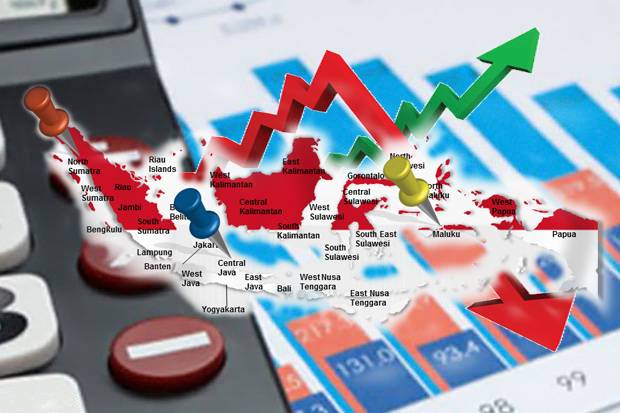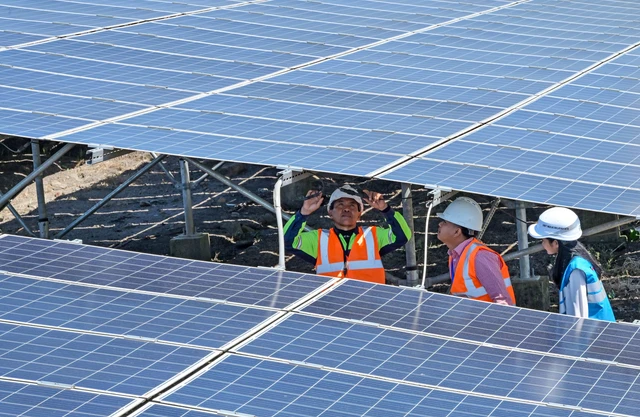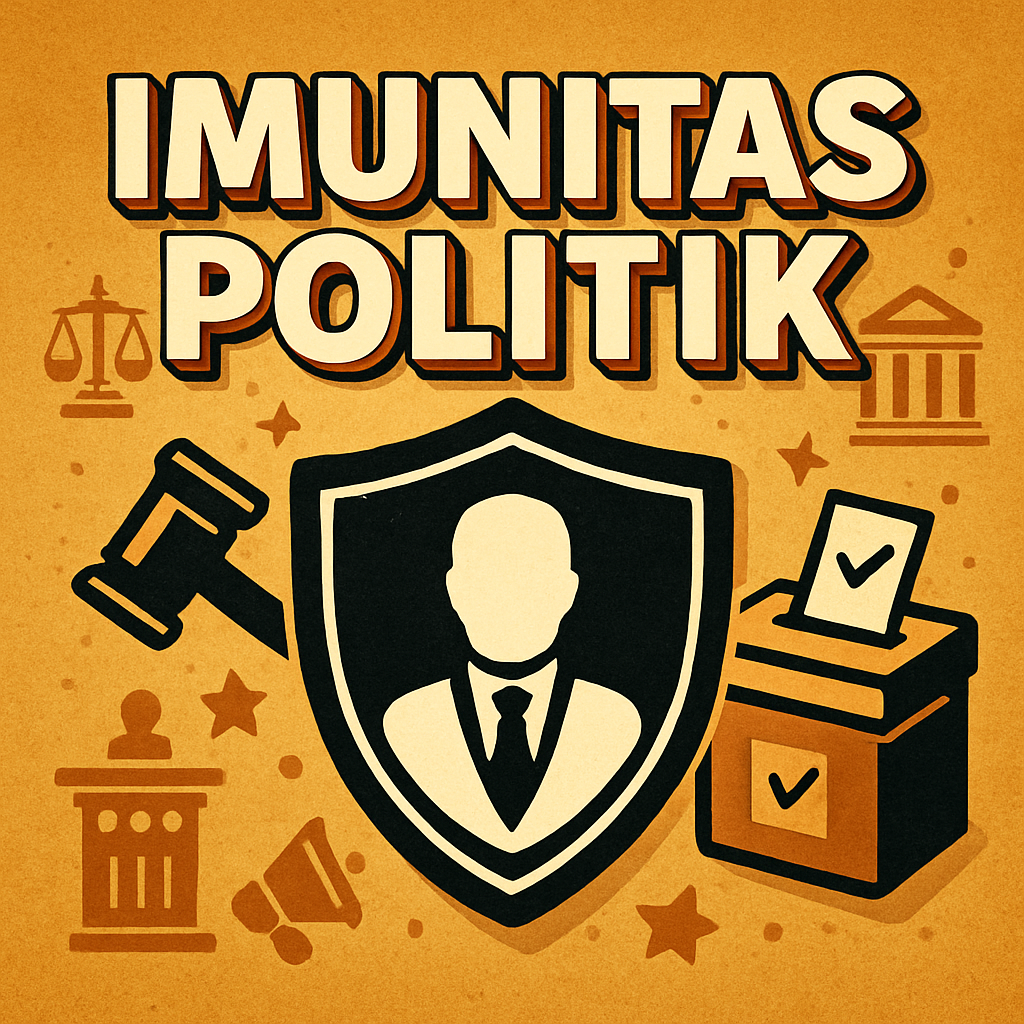Indonesia Governance: Navigating Complexities Like a Local – My Real Take
JAKARTA, turkeconom.com – Indonesia Governance: Navigating Complexities isn’t just a headline for me—it’s real life. I’ve seen the ups and downs, sometimes right from my neighborhood, and let me tell you, it can feel like a roller coaster. If you’ve ever wondered why things can get weird or move slow here, I’ve got some juicy stories and tips to share.
Indonesia, the world’s largest archipelago, is home to over 270 million people spread across more than 17,000 islands. Its governance system is a fascinating blend of democracy, decentralization, and cultural diversity. Indonesia governance operates under a unitary presidential system, with power divided between the central government and regional administrations.
Navigating the intricacies of Indonesia governance can be challenging, especially for those unfamiliar with its unique structure. From local autonomy to national policies, understanding how governance works in Indonesia requires insight into its historical, cultural, and political context.
In this article, I’ll share my personal experiences and observations on how Indonesia governance functions, highlighting its strengths, challenges, and tips for navigating it like a local.
The Structure of Indonesia Governance
1. Centralized Leadership
Indonesia’s governance system is led by the President, who serves as both the head of state and government. The President oversees national policies, including foreign affairs, defense, and economic planning.
Pro Tip: Keep an eye on presidential decrees (Peraturan Presiden) and policies, as they often set the tone for governance across the country.
2. Decentralization and Regional Autonomy
One of the defining features of Indonesia governance is its decentralized system. Since the implementation of the Regional Autonomy Law in 2001, local governments (provinces, regencies, and cities) have been granted significant authority to manage their own affairs.
Example: Provinces like Bali and Yogyakarta have unique governance structures that reflect their cultural and historical significance.
3. Key Institutions
Indonesia’s governance system is supported by several key institutions, including:
- Executive Branch: Led by the President and Vice President.
- Legislative Branch: Includes the People’s Consultative Assembly (MPR), House of Representatives (DPR), and Regional Representative Council (DPD).
- Judicial Branch: Comprises the Supreme Court (Mahkamah Agung) and Constitutional Court (Mahkamah Konstitusi).
Pro Tip: Understanding the role of these institutions can help you navigate Indonesia’s governance system more effectively, especially when dealing with legal or bureaucratic matters.
Strengths of Indonesia Governance
1. Democratic Principles
Since transitioning to democracy in 1998, Indonesia has made significant strides in promoting democratic values. Regular elections, freedom of speech, and active civil society participation are hallmarks of its governance system.
Real-World Example: Indonesia’s peaceful transition of power during elections is a testament to its commitment to democracy.
2. Decentralization Benefits
The decentralization policy empowers local governments to address regional issues more effectively. This approach has led to improvements in public services, infrastructure, and local economic development.
Pro Tip: If you’re working or living in Indonesia, familiarize yourself with your local government’s policies and programs—they often differ from region to region.
3. Cultural Representation
Indonesia’s governance system respects its cultural diversity. Special regions like Aceh and Papua have unique governance arrangements that reflect their distinct identities.
Challenges in Indonesia Governance
While Indonesia governance has many strengths, it also faces several challenges:
1. Corruption
Corruption remains a significant issue in Indonesia’s governance system, affecting public trust and the efficiency of government services.
Pro Tip: Platforms like Lapor! allow citizens to report corruption and inefficiencies directly to the government.
2. Bureaucratic Complexity
Navigating Indonesia’s bureaucracy can be time-consuming and frustrating, especially for businesses or foreign nationals. Multiple layers of administration and inconsistent regulations often create bottlenecks.
Solution: Work with local experts or consultants who understand the system to streamline processes like permits or registrations.
3. Regional Inequality
Despite decentralization, disparities between regions persist. Urban areas like Jakarta and Surabaya enjoy better infrastructure and services compared to rural or remote regions.
Pro Tip: When traveling or working in Indonesia, be prepared for differences in facilities and governance quality between regions.
Navigating Indonesia Governance Like a Local
1. Understand Local Customs and Regulations
Indonesia’s governance system is deeply rooted in its culture. Understanding local customs and regulations can help you navigate interactions with government officials and institutions more smoothly.
Example: In some regions, traditional ceremonies or community discussions (musyawarah) play a role in decision-making.
2. Leverage Technology
Digital platforms like Online Single Submission (OSS) and SiCantik Cloud simplify bureaucratic processes, making it easier to access permits, licenses, and other services.
Pro Tip: Use apps like PeduliLindungi for health-related services or Info BMKG for weather updates to stay informed about government initiatives.
3. Build Relationships
Networking is key to navigating Indonesia governance effectively. Building relationships with local officials, community leaders, and business partners can open doors to opportunities and help you resolve issues more efficiently.
Pro Tip: Attend local events and participate in community activities to establish trust and rapport.
The Future of Indonesia Governance
Indonesia’s governance system is evolving to meet the demands of a rapidly changing world. Key areas of focus include:
1. Digital Transformation
The government is investing in E-Government initiatives to improve transparency, efficiency, and accessibility.
Example: Platforms like Lapor! and SPBE (Sistem Pemerintahan Berbasis Elektronik) are paving the way for smarter governance.
2. Sustainability and Green Policies
Indonesia is taking steps to address environmental challenges through policies like carbon reduction and renewable energy development.
Pro Tip: Stay updated on green initiatives, especially if you’re in industries related to energy or sustainability.
3. Strengthening Anti-Corruption Measures
Efforts to combat corruption are being intensified, with organizations like the Corruption Eradication Commission (KPK) leading the charge.
Final Thoughts on Indonesia Governance
Indonesia governance is a complex yet fascinating system shaped by its history, culture, and diversity. While challenges like corruption and bureaucracy persist, the country’s commitment to democracy, decentralization, and innovation offers hope for a brighter future.
Whether you’re a local or a foreigner, understanding the intricacies of Indonesia governance can help you navigate its complexities more effectively. By embracing local customs, leveraging technology, and building relationships, you’ll be better equipped to thrive in this dynamic environment.
Sharpen Your Skills: Delve into Our Expertise on Politic
Check Out Our Latest Piece on E-Government: Embracing Technology in Governance in Indonesia!









